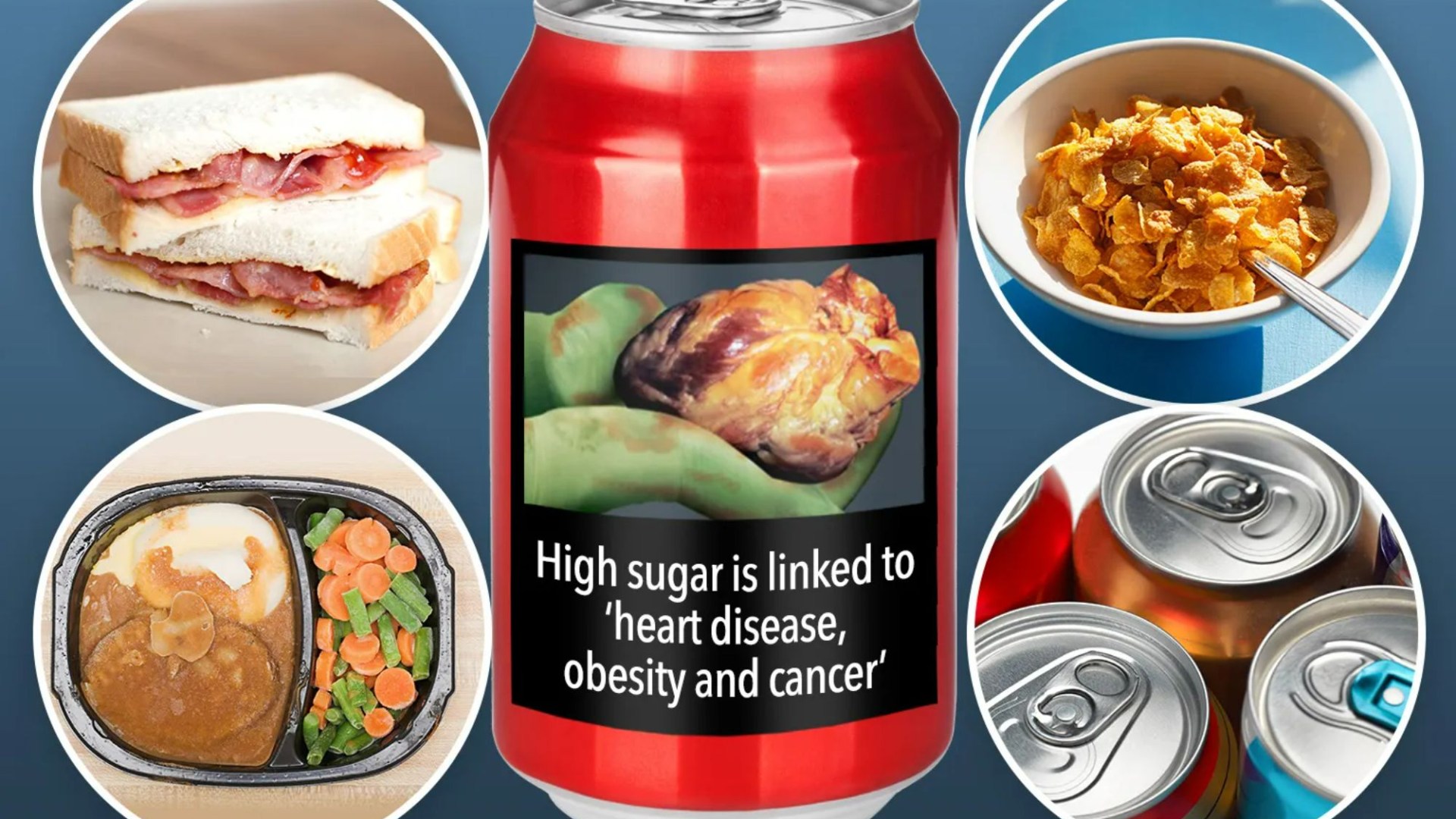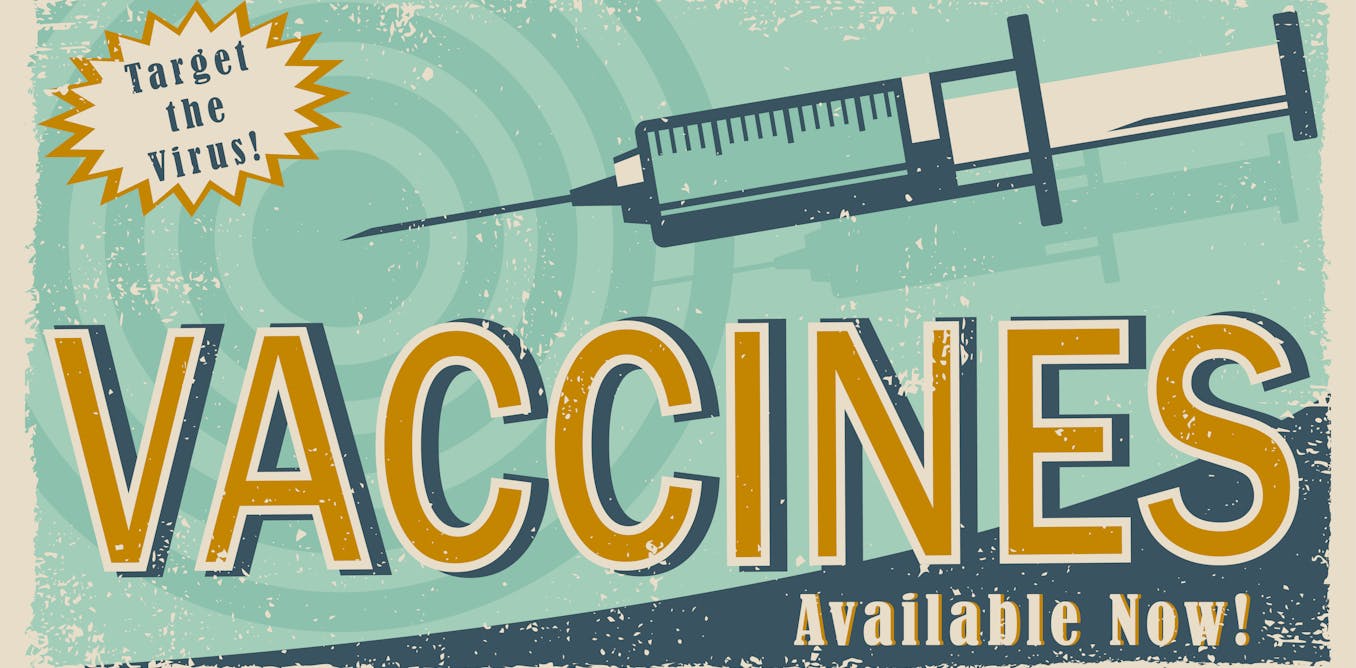SHOULD we be slapping cigarette-style warnings on junk foods?
This was the divisive proposition of the scientist who coined the term ‘ultra-processed foods’ (UPF), as he warned that fizzy drinks, crisps and ready meals are rapidly replacing healthier foods in our diets.
2

2
Prof Carlos Monteiro of the University of São Paulo raised the alarm over rising global consumption of UPFs, despite being linked to poor health and multiple chronic diseases.
He told the Guardian ahead of the International Congress on Obesity in June: “Advertisements for UPFs should be banned or heavily restricted, and front-of-pack warnings should be introduced similar to those used for cigarette packs.”
UPFs are foods that have been heavily altered from their original state in a way that you wouldn’t be able to recreate in your home kitchen.
They typically contain added sugar, salt and fat, as well as chemical additives like sweeteners, emulsifiers and colours, but tend to be low in vitamins and fibre.
The question of how UPFs affect overall health has dominated research in recent years.
A Harvard University study published in May linked the foods to a higher risk of early death, after Australian scientists warned that UPFs could increase the risk of over 30 illnesses.
Meanwhile, Cambridge and Bristol university researchers estimated that British teens get 66 per cent of their daily calories from UPFs.
But Prof Monteiro’s suggestion of attaching cigarette style warnings to the foods has been been met with some opposition.
Dr Duane Mellor, a registered dietitian and Aston Medical School lead for Nutrition and Evidence Based Medicine, told The Sun: “I am not convinced that tobacco style warnings are appropriate for foods, even some UPFs which may be associated with increased risk of ill health.”
He explained that “the classification of UPFs is not that objective and groups healthy foods like wholemeal food, tofu and tempeh with soft drinks, bacon and biscuits”.
“Secondly, food is essential for life, we just need to be supported to make better and healthier choices,” Dr Mellor went on.
He recommended putting UPFs in “plain packaging” instead as a more “measured approach”, with “more effort being placed to market and package healthier foods”.
These would included fruits and vegetables – fresh, canned or frozen – along with beans, peas and lentils as well as plain nuts and seeds.
But first, Dr Mellor said that the definition of UPFs need to be “refined to be more suitable for the UK diet”.
According to registered dietitian Lucy Diamond, placing tobacco-style warnings on processed foods is a “provocative” notion – but could be effective in helping people pick more nutritious meals.
“As a dietitian I’ve observed firsthand the impact of UPFs on public health,” the clinical director for innovation at NHS weight management provider Oviva told The Sun.
“The idea of placing tobacco-style warnings on these products is provocative, but it underscores the urgent need to address the growing health concerns associated with their over-consumption.
“While such measures might seem drastic, they could serve as a powerful tool to educate consumers and promote healthier choices,” Lucy argued.
“The prevalence of UPFs in our diets has skyrocketed in recent decades, coinciding with rising rates of obesity, type 2 diabetes, and other obesity-related chronic diseases.
“These foods are often energy-dense but nutrient-poor, engineered to be hyper-palatable, and can lead to overconsumption.
“By implementing clear warnings, we could help consumers make more informed decisions about their food choices.”
Lucy outlined four foods she said could benefit from tobacco-style warnings.
1. Sugary drinks
Lucy said: “These drinks, including fizzy sodas and energy drinks, are essentially sweets in liquid form.
“They provide empty calories with no nutritional benefit.
“Because they are drinks – and don’t fill us up- it can be harder for people to associate them with obesity and health concerns.”
But the dietitian warned that a single 330ml can of cola can contain up to 35 grams of sugar – which means you’re consuming up to nine teaspoons of sugar.
How to spot UPFs
Lucy shared some tips on how to spot ‘hidden’ ultra-processed foods.
“Whilst some UPFs are obviously not a ‘health food’, such as crisps, chocolate and store-bought cakes, many UPFs are ‘hidden’,” she said.
“For example, when grabbing a seemingly healthy sandwich on our lunchbreak or picking up a jar of pasta sauce, we may think we’re making a healthier choice, when in fact they have a long list of ingredients and are highly processed.”
A handy way to spot a UPF is if the contain lots of ingredients you don’t recognise or wouldn’t use at home.
This includes flavourings, preservatives, emulsifiers and thickeners.
But demonising foods isn’t the answer, the dietitian noted.
“Instead, we need a balanced approach that combines clear labelling, education, and support for healthier choices,” Lucy said.
“One quick tip – instead of buying a tin of pasta sauce, make your own with a tin of tomatoes, some dried oregano and a pinch of salt and pepper – it’s much cheaper too.”
“Warnings could make this sugar content more visible, encouraging people to consider switching to other choices,” Lucy suggested.
Craving something fizzy?
A sugar free-can of soda is a better choice, Lucy said.
“Or for a healthier option, you could add natural flavourings to sparkling water, such as lemons, cucumber or oranges,” she added.
2. Processed meats
Bacon, sausages, and cured meats – such as pepperoni and salami – all fit into the category of processed meats, which have been classified by the World Health Organisation as Group 1 carcinogens.
This means “there’s strong evidence they can cause cancer, particularly colorectal cancer”, Lucy explained.
“They’re often high in saturated fat and salt too.
“Warnings might prompt people to choose lean, unprocessed meats like chicken breast or turkey, or plant-based protein sources such as lentils or tofu,” the dietitian said.
3. Breakfast cereals
A bowl of cereal might not be the healthy start to the day you think it is.
“Many popular cereals marketed are actually loaded with added sugars and low in fibre,” Lucy warned.
This even includes cereals marketed as ‘healthy’, like granola.
The dietitian said: “Some can contain up to 12 grams of sugar per serving – that’s three teaspoons.
“Warnings could steer consumers towards wholegrain options, porridge or overnight oats, which also have the benefit of keeping you fuller for longer.”
4. Ready meals
A ready meal can be a convenient option to pop in the microwave at the end of a long day.
But they’re often high in salt, saturated fats, and calories, while being low in vegetables and whole grains.
“A single ready meal can contain more than half of an adult’s recommended daily salt intake,” Lucy warned.
While cooking with fresh ingredients is your best option, she acknowledged that time and the price of some ingredients can a barrier to doing so.
“Easy meals include an omelette and salad, a packet of stir fry veg and a chicken breast, or a quick bean salad,” the dietitian suggested.
She added that BBC Good Food recipes are also a go-to of hers – they even have a ‘no UPF section’.
“For quick tips when eating on the go, look at the ingredients list and ask yourself if there are less than 5 ingredients and ‘do I recognise the names of the ingredients?’,” Lucy said.
Foods to eat more of
In addition to reducing UPF consumption, both Lucy and Dr Mellor noted that eating more foods known to promote health should be encouraged.
Lucy noted five we should be consuming more of.
1. Leafy greens
According to Lucy, green veggies like spinach, kale, and Swiss chard are “nutritional powerhouses”.
“They’re rich in vitamins A, C, and K, as well as folate and potassium,” she explained.
“They also contain antioxidants that may help protect against certain cancers and cognitive decline.”
2. Berries
“Fruits like blueberries, strawberries, and raspberries are not only delicious but also packed with health benefits,” Lucy said.
“They’re high in fibre, vitamin C, and plant compounds called anthocyanins, which have potent antioxidant effects and may help reduce the risk of heart disease.”
3. Legumes
Lucy went on: “Beans, lentils, and chickpeas are excellent sources of plant-based protein and fibre.
“They’re also rich in B vitamins, iron, and zinc.
“Regular consumption of legumes has been associated with lower risks of heart disease, high blood pressure, and type 2 diabetes.”
4. Nuts and seeds
A sprinkle of nuts and seeds pack a punch of healthy fats, protein, fiber, as well as a range of vitamins and minerals.
“For example, walnuts are high in omega-3 fatty acids, while pumpkin seeds are an excellent source of magnesium,” Lucy said.
“Regular nut consumption has been linked to reduced risk of heart disease and type 2 diabetes.”
5. Oily fish
Oily fish such as salmon, mackerel, and tinned sardines were last on Lucy’s list of foods we should be eating more of.
According to the dietitian, they’re rich in omega-3 fatty acids, which are important for heart and brain health.
“They’re also good sources of high-quality protein and vitamin D,” she added.
“The NHS recommends eating at least two portions of fish a week, including one of oily fish.”
The bottom line
“Ultimately, while warnings on UPFs might raise awareness, they’re just one piece of the puzzle,” Lucy said.
“We need a comprehensive approach that includes better food education and policies that make healthier choices more accessible and affordable for everyone.”
Improved access to weight management services for those who need support is also important, she added.
“By combining these strategies, we can create an environment that supports and encourages healthier eating habits, leading to better long-term health outcomes for the population.”
How ultra processed is YOUR kitchen?
Ultra processed foods (UPFs) were defined by Brazilian researchers who made the NOVA classification system. It breaks foods into groups depending on how processed they are. The most natural foods are in group 1, while the most processed are in group 4.
The groups do not entirely indicate how healthy a food is. However, it does indicate how processed it is – and studies have linked UPFs to a number of diseases.
How does your kitchen compare to the following groups?
Unprocessed or minimally processed foods (group 1)
- vegetables and fruits (fresh or frozen)
- dried fruits with no added sugar, honey, or oil
- grains and legumes (chickpeas, lentils)
- meat, poultry, fish, seafood, eggs
- milk without added sugar
- plain yogurt with no added sugar
- nuts and seeds
- spices and herbs
- tea, coffee, water
Processed culinary ingredients (group 2)
- iodized salt
- salted butter
- sugar and molasses from cane or beet
- honey extracted from combs
- syrup from maple trees
- vegetable oils crushed from olives or seeds
- butter and lard from milk and pork
- starches extracted from corn and other plants
- vegetable oils with added anti-oxidants
- vinegar with added preservatives
Processed foods (group 3)
- canned vegetables, fruits, and legumes
- fruits in syrup
- salted or sugared nuts and seeds
- salted cured or smoked meats
- canned fish
- artisanal breads and cheese
Ultra-processed foods (group 4)
- pop and fruit drinks
- sweetened yogurt
- sweet or savoury packaged snacks (e.g., cookies)
- candies and cake mixes
- mass-produced packaged breads and buns
- margarines and spreads
- breakfast cereals
- cereal and energy bars
- energy drinks
- instant soups, sauces, and noodles
- poultry and fish nuggets, hot dogs
- many ready-to-heat products: pre-prepared pies, pasta, and pizza dishes




